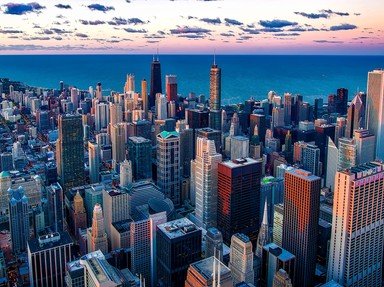Quiz Answer Key and Fun Facts
1. What was the occasion for which the Eiffel Tower was designed and built?
2. Originally the Eiffel Tower was designed to be a structure of 300 metres in height. Why was this height chosen?
3. Who was the principal architect of the Eiffel Tower?
4. Who were the two engineers who designed the Eiffel Tower together with the architect?
5. What was the main technical concern for the Eiffel Tower?
6. On which side of the Seine river can we find the Eiffel Tower?
7. When the Eiffel Tower project was announced, all French unanimously supported this prestigious plan.
8. What is the name of the gastronomical restaurant on the second floor of the Eiffel Tower? It was named after a French author.
9. Which con artist tried selling the Eiffel Tower twice as a pile of scrap iron?
10. The Eiffel Tower contains a list of 72 great French scientists and engineers, mostly from the Nineteenth Century. Who was included although he already died in 1794?
Source: Author
JanIQ
This quiz was reviewed by FunTrivia editor
stedman before going online.
Any errors found in FunTrivia content are routinely corrected through our feedback system.

